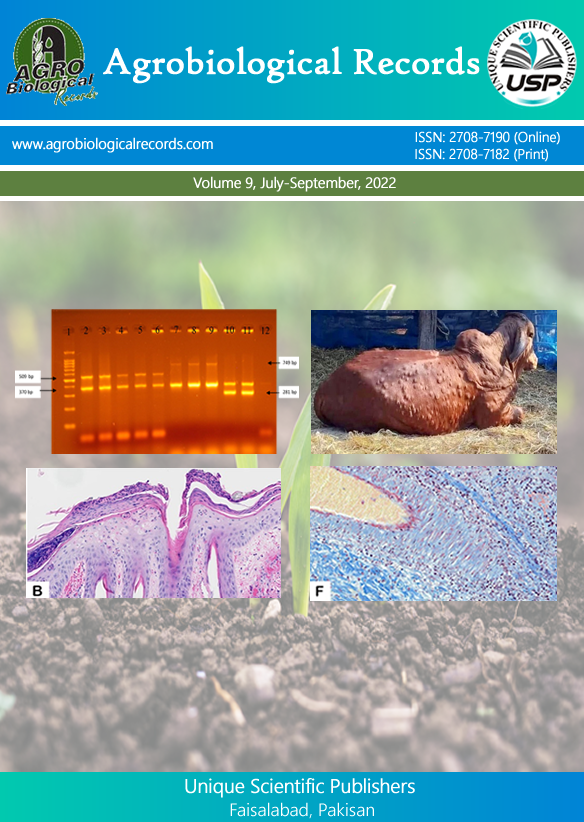
Sushil Rai , Ankita Nepal and Rameshwar Rai *
Institute of Applied Science, Organic Agriculture Program, Madan Bhandari University of Science and Technology, Chitlang 441110, Thaha Municipality-9, Nepal
*Corresponding author: rameshwar.rai@mbust.edu.np
Fruit, flower, and horticultural vegetables are under attack by fungal pathogens, which infect postharvest fruits in general, including kiwifruit. The impact of such pathogens leads to economic loss, a reduction in the quality of the fruits, and market problems. The pathogens not only lead to postharvest losses but also disrupt food safety by producing toxic mycotoxins. This systematic review examines fungal diseases in various horticultural plants, including significant fungal diseases of fruit and vegetable plants, as well as their corresponding symptoms. For instance, it discusses the main fungal diseases of kiwifruit and explores conventional, molecular, and emerging non-destructive methods for detecting and preventing fungal pathogens. Traditional detection devices, such as visual inspection with the naked eye and cultivation, are time-consuming and vulnerable. Besides, the application and utilization of current molecular technologies like PCR, qPCR, and LAMP now enable specific identification. Concurrently, non-destructive techniques like hyperspectral imaging and electronic noses enable early detection without destroying the produce. The review also suggests several prevention strategies, including cultural practices, chemical control (such as fungicide application), and biological control through beneficial microbes, plant natural products, essential oils, and nanotechnology-based strategies. Emerging disciplines like genome editing, precision horticulture, and microbiome sequencing are pillars of future advancement.